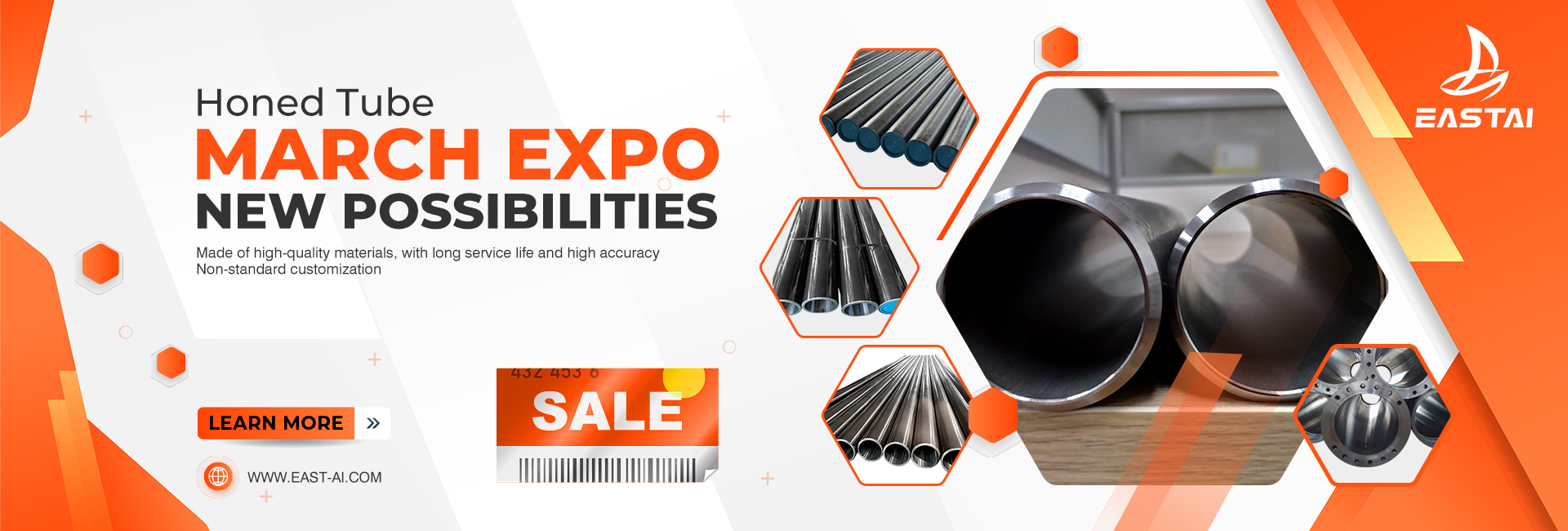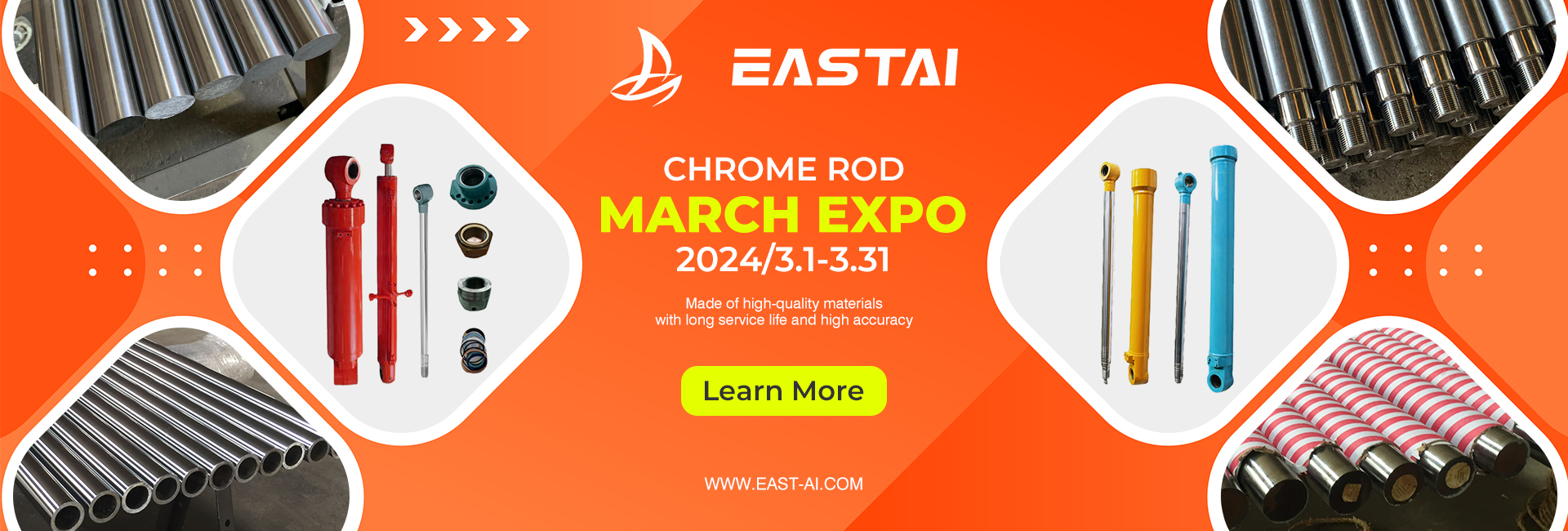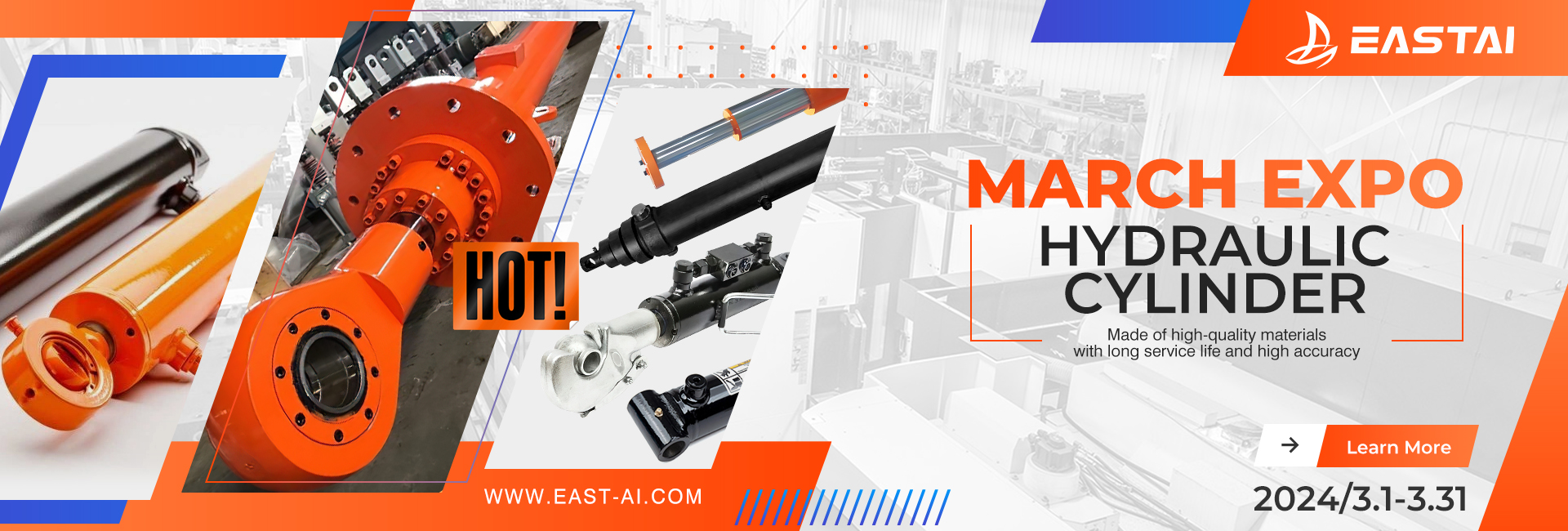Introduction
Chrome cylinder rods are pivotal components in various machinery and equipment. Renowned for their strength and durability, these rods find extensive applications across multiple industries. This article explores their definition, types, properties, manufacturing processes, and much more, offering a comprehensive understanding of their role in modern technology.
II. What is a Chrome Cylinder Rod?
A chrome cylinder rod, fundamentally, is a type of rod used in hydraulic or pneumatic cylinders. Made primarily from steel, these rods are coated with a layer of chromium, enhancing their durability and corrosion resistance. This combination of steel and chromium offers a balance of strength and aesthetic appeal, making them an ideal choice for numerous applications.
III. Types of Chrome Cylinder Rods
There are various types of chrome cylinder rods available, each designed to meet specific industrial needs. They differ in terms of material composition, size, and design. Some are tailored for high-pressure environments, while others are suited for more general applications. Understanding these types can aid in selecting the right rod for a specific purpose.
IV. Manufacturing Process
The production of chrome cylinder rods involves several key steps. Starting from the selection of base material, typically high-grade steel, the rods undergo processes like forging, machining, and polishing. The critical step is the electroplating of chromium, which imparts the rod’s characteristic features like corrosion resistance and a sleek finish.
V. Properties of Chrome Cylinder Rods
Chrome cylinder rods are revered for their impressive strength and durability. Their resistance to wear and tear and their ability to withstand harsh environments make them indispensable in heavy-duty applications. The chrome plating not only provides corrosion resistance but also ensures a smooth and visually appealing surface finish.
VI. Applications in Industry
From the automotive sector to construction and aerospace, chrome cylinder rods are ubiquitous. In the automotive industry, they are essential in the suspension and steering systems. In construction, they are used in heavy machinery like excavators and bulldozers. The aerospace industry relies on them for precision and reliability in various components.
This section marks the beginning of the article. I will continue with the remaining sections, adhering to the outlined structure. Each section will be written with a focus on engaging the reader, incorporating conversational language, and providing useful and specific information. Let’s proceed with the next sections.
Continuing from where we left off:
VII. Installation and Maintenance
Proper installation and regular maintenance are crucial for the optimal performance of chrome cylinder rods. Installation should align with manufacturer guidelines to ensure safety and efficiency. Regular maintenance, including periodic inspections and lubrication, can significantly prolong the life of these rods, preventing wear and breakdown.
VIII. Troubleshooting Common Issues
Even with robust construction, chrome cylinder rods can encounter issues. Common problems include corrosion, surface damage, and bending. Timely identification and rectification of these issues are vital. Implementing preventative measures, such as proper storage and handling, can mitigate these risks.
IX. Innovations and Technological Advancements
The field of chrome cylinder rods is constantly evolving, with advancements aimed at enhancing performance and sustainability. Innovations in materials and coating techniques have led to rods with superior properties and longer lifespans. Staying abreast of these developments is crucial for industries relying on this technology.
X. Comparing with Other Materials
When compared to other materials, chrome cylinder rods offer a unique blend of strength, durability, and corrosion resistance. While alternatives may be cheaper or offer specific benefits, chrome cylinder rods often present the best overall value in terms of performance and longevity.
XI. Environmental Impact and Sustainability
The production and use of chrome cylinder rods do pose environmental considerations. The chromium plating process, in particular, requires careful handling to minimize environmental impact. The industry is making strides in adopting more sustainable practices and materials to mitigate these concerns.
XII. Safety Standards and Regulations
Compliance with safety standards and regulations is paramount in the manufacturing and use of chrome cylinder rods. Adhering to these standards ensures the safety of the product and its users, and is a key factor in maintaining industry reputation and trust.
XIII. Choosing the Right Chrome Cylinder Rod
Selecting the appropriate chrome cylinder rod requires considering factors such as load capacity, environmental conditions, and intended use. Consulting with experts and referring to manufacturer guidelines can aid in making an informed decision.
XIV. Case Studies
Real-world applications of chrome cylinder rods highlight their versatility and effectiveness. Success stories from various industries demonstrate how these rods contribute to efficiency and productivity improvements.
XV. Conclusion
Chrome cylinder rods are indispensable in modern machinery. Their unique properties, coupled with ongoing advancements, ensure their continued relevance in various industrial applications. Understanding their features, applications, and best practices is essential for anyone involved in machinery design or maintenance.
Post time: Jan-19-2024




